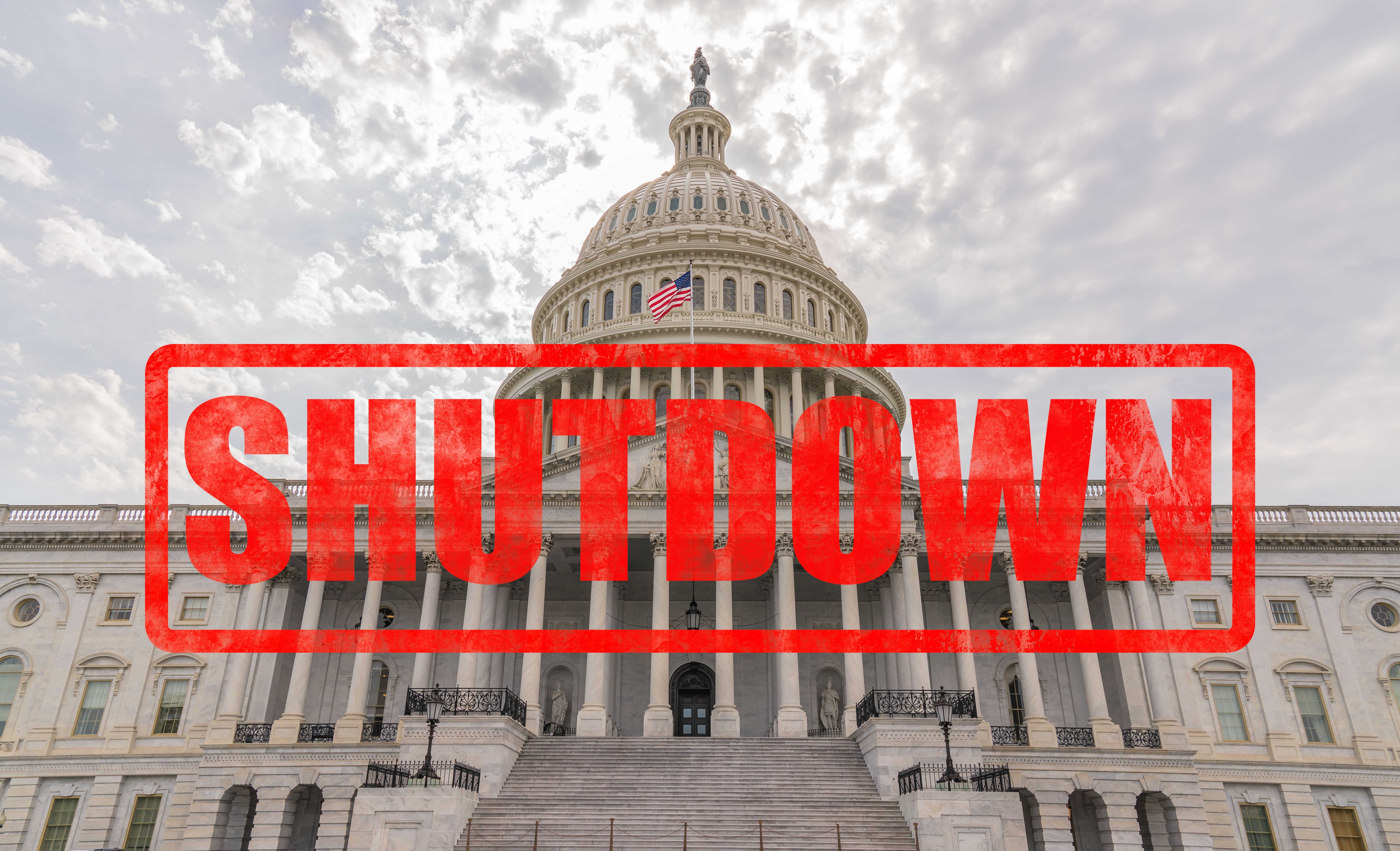
With hundreds of thousands of government workers living without pay and so many others out of work, the country is reeling under the impact of the government shutdown that began at midnight on December 22, 2018 and shows no signs of approaching a resolution, as of now. The ripple effect from the standoff is beginning to touch more and more lives, and with no end currently in sight, it is important for everyone to have an idea of what is going on and be prepared for consequences that this clampdown on `non-essential’ federal funding may have on their day-to-day lives:
What is a Government Shutdown?
When non-essential discretionary federal programs close because of Congress’ failure to appropriate necessary funds, the event that follows is a government shutdown. Congress could not come to an agreement on a funding resolution. This impasse signaled a breakdown of the budget process.
What Caused the Current Government Shutdown?
A border wall between Mexico and United States is at the core of the standoff that has led to what is now the longest government shutdown in the history of United States (commenced on December 22, 2018).
While President Donald Trump is determined to get funding for the border wall that was a crowning promise during the 2016 Presidential elections, Democrats in Congress are adamant that the money is better spent on technology, law enforcement officials and agents to prevent illegal crossings.
What Are the Direct Fallouts of a Government Shutdown?
While essential services – such as defense, border protection, immigration and air traffic controls – continue as before, those that the discretionary budget funds categorizes as `non-essential’ services have come to a standstill.
Major departments that are affected by the government shutdown are:
Services
- Internal Revenue Service
- National Aeronautics & Space Administration (NASA)
- Department of Labor
- Department of Housing & Urban Development
Agencies
- Food & Drug Administration
- Department of Commerce
- US Department of Education
- Department of Energy
- Environmental Protection Agency
How is the Government Shutdown Affecting Our Industry?
Municipalities are part of the local government, which short-term shutdowns minimally affect, because they receive very little funding directly from the federal government. Long-term government shutdowns, however, can create some serious challenges. The longer the shutdown, the bigger the impact it starts to have.
Budget officials are less worried about immediate administrative impacts, and more concerned with the wider effects that the government shutdown could have on the economy. Economic slowdown resulting from a shutdown could mean less tax revenue for all levels of government to spend on infrastructure and services.
The shutdown doesn’t impact some federal programs. Mandatory programs, which make up two-thirds of all federal programs will still get funding. The one-third affected are discretionary programs. Many of the programs are forward-funded, meaning funds have already been appropriated and, thus, won’t be impacted. For example, a special account called the Highway Trust Fund (not the general fund) largely funds highway programs. That means it’s unlikely that construction on transportation infrastructure would come to a halt. However, discretionary grants fund some jobs, and the shutdown could affect those.
Other Ways the Government Shutdown is Affecting You
# 1: Airport Security
If you’re travelling at this time, you may be directly impacted by the fact that TSA agents who screen passengers and baggage are calling out sick in increasing numbers.
# 2: Museums & Parks
Check before you plan a day out at a museum or a national park, because many are currently not operating. While a few are trying to remain open with limited staffing, state funding and volunteers stepping in to help, they may close as well without prior notice.
# 3: Food Inspection
The FDA has stopped routine inspections of seafood, fruits, vegetables in spite of existing risks of contamination due to the government shutdown. Inspection of meat, poultry, eggs, grain and a few other commodities, however, continues as before.
# 4: Food Aid
Food assistance for women, children, infants and Native Indian Reservations are operating at the state and local level. However, if those run out, there will be no federal funding available until the shutdown ends.
# 5: Law Enforcement
Several thousands of personnel are currently working without pay. There is a severe strain on law enforcement departments that are trying to keep their head above the water until the shutdown is over.
# 6: Judiciary
Most immigration courts are closed, which is causing long delays in deportation processing and cases are not moving forward.
# 7: Internal Revenue Service (IRS)
Most IRS operations stopped with the government shutdown. The tax filing season is close. However, it’s still uncertain how things will work with only about 12% of operating staff at hand.



